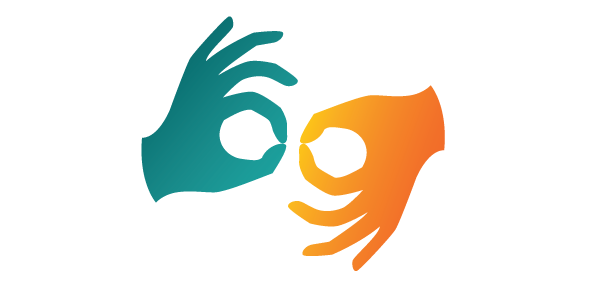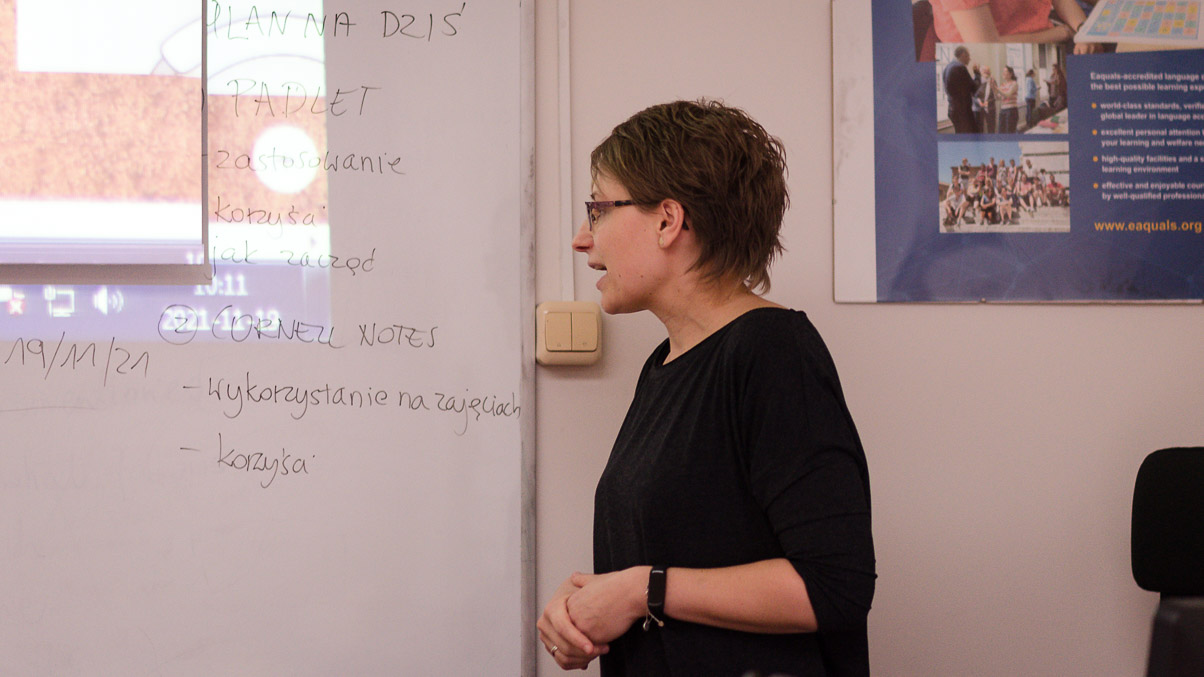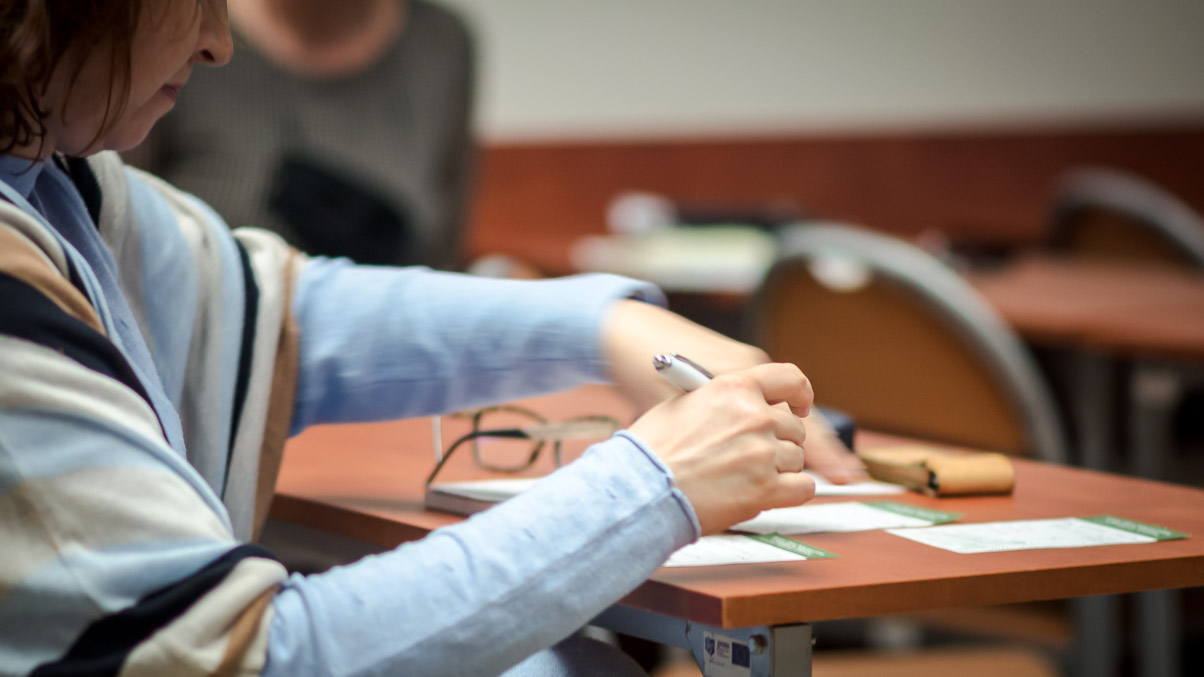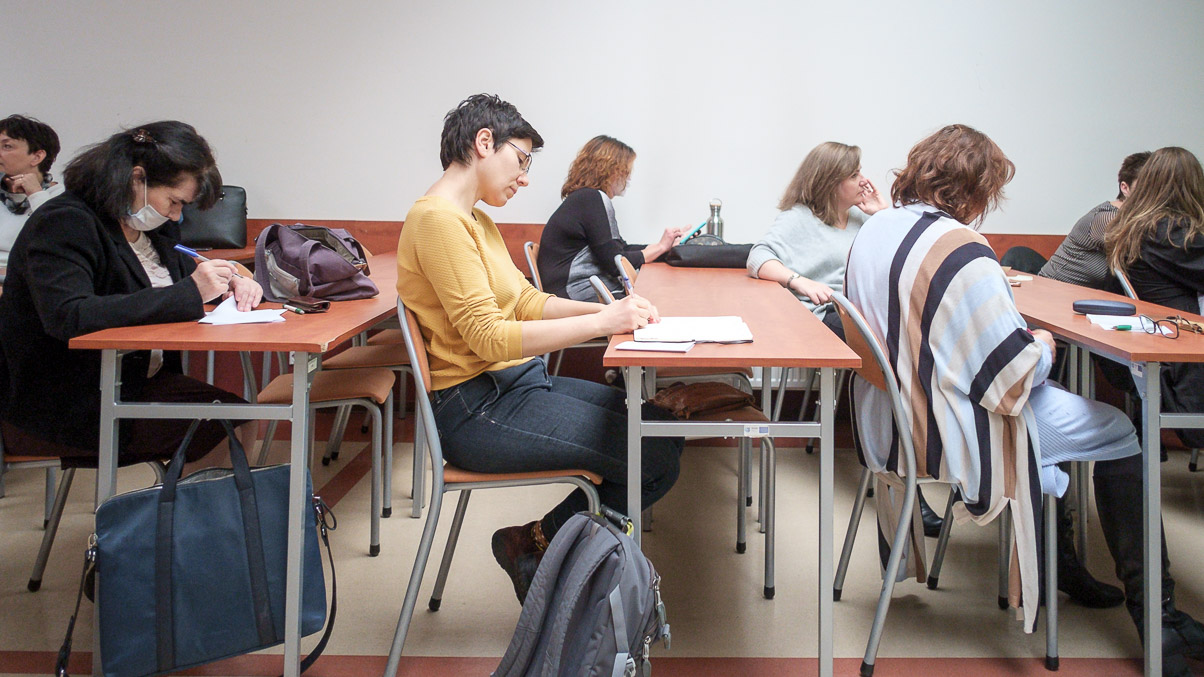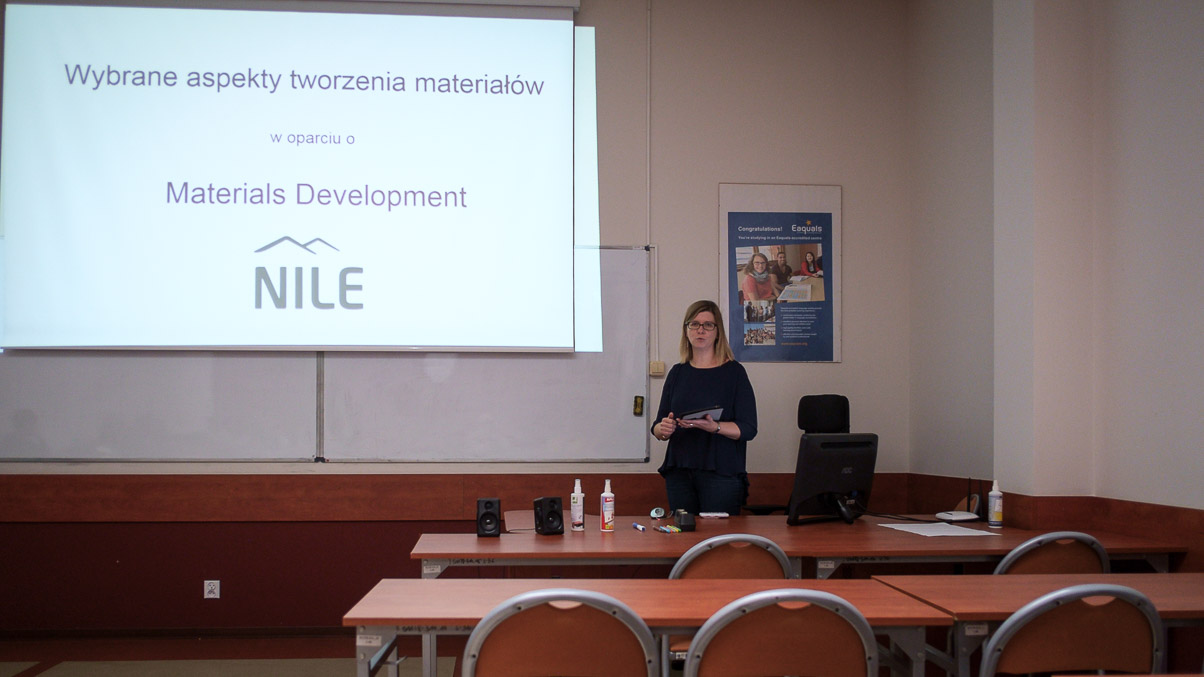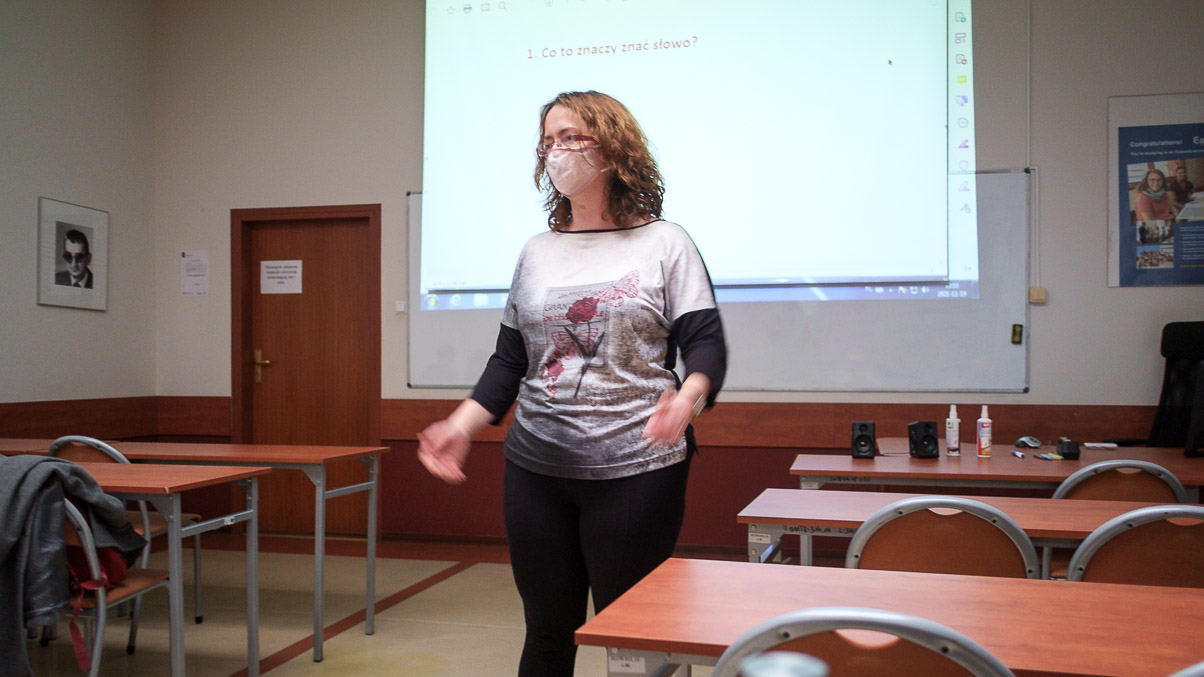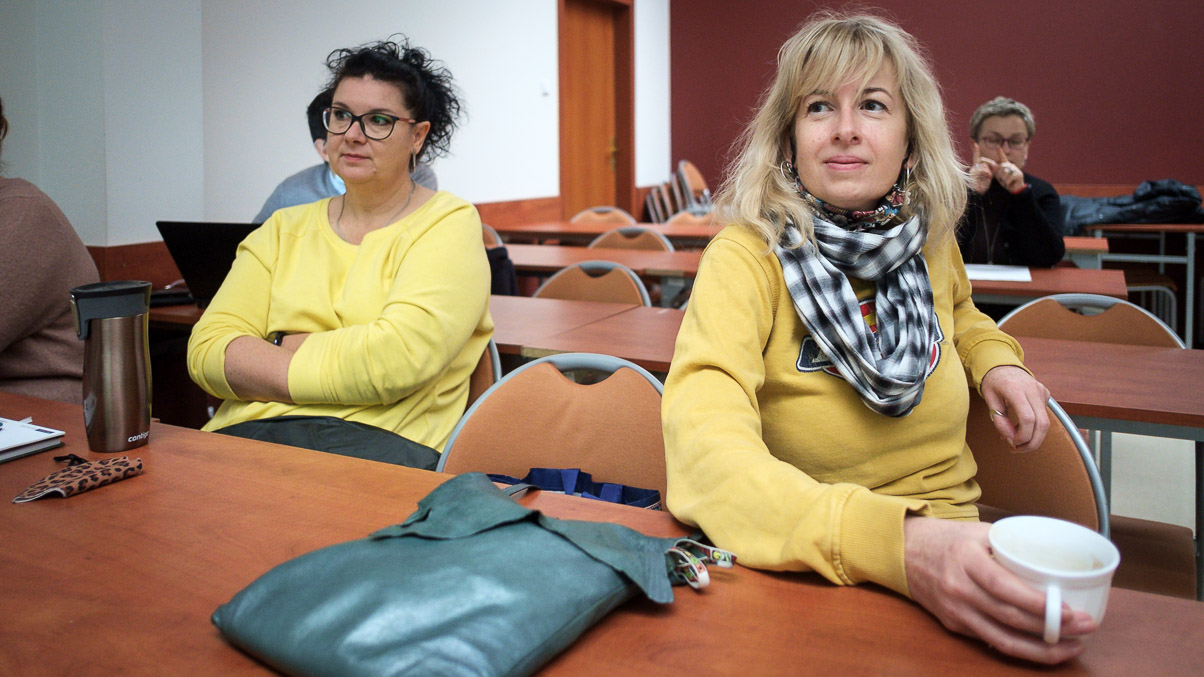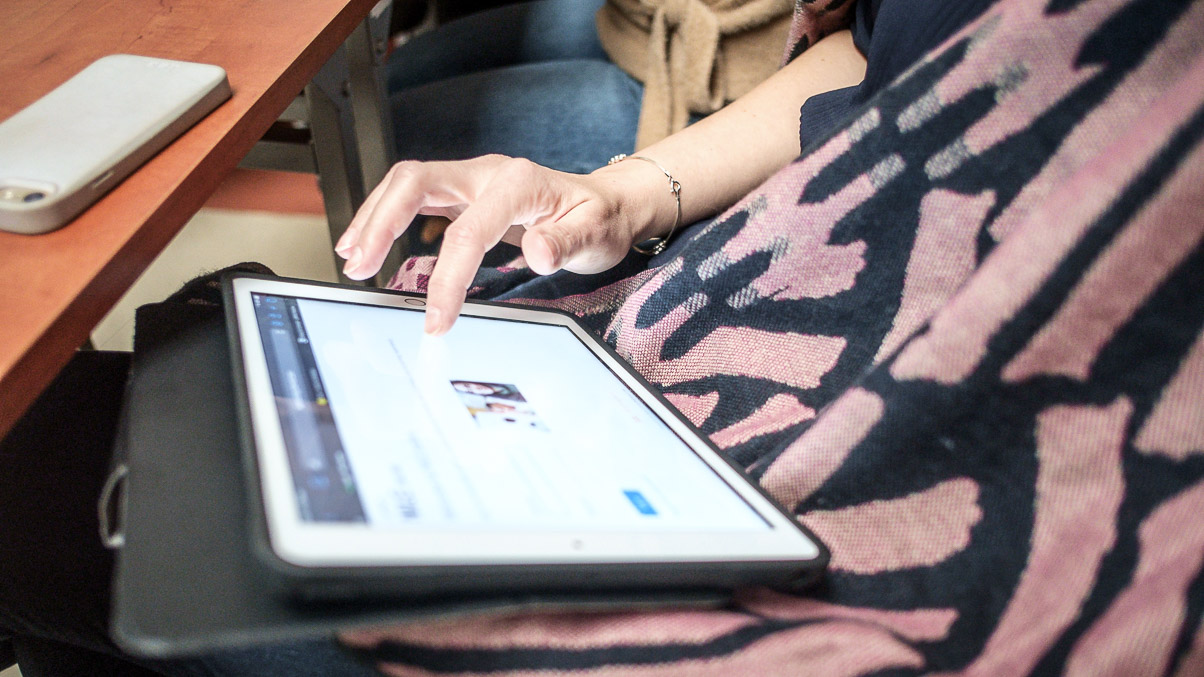On 19 December 2021, the Language Centre hosted three in-house training sessions led by our colleagues: Mariola Hejduk, Agnieszka Świderek and Ewa Muszczynko.
The use of Padlet and Cornell notes in foreign language classes.
Mariola Hejduk presented a practical example of using both tools in her classes this semester. Padlet was presented as an attractive form of maintaining regularity in doing homework, which is supposed to keep the student in contact with the language even outside the classroom. Mariola stressed its importance as an effective way of learning efficiently. Note-taking with Cornell's method, on the other hand, is designed to develop the student's ability to learn and organise material, and to develop the habit of regularity. Those who have experienced the method will know that Filter, Summarise and Recap are the main pillars of the method.
Selected aspects of creating language materials
Agnieszka Świderek shared with us her thoughts based on the Materials Development course organised by Nile. Apart from the classic information related to the creation of materials, we also learned about the importance of the choice of fonts in terms of text readability and how to adjust fonts to the needs of dyslexic people. It was also interesting to learn how to choose visual material so that its interpretation is not controversial and respects copyright and political correctness.
Selected techniques for teaching vocabulary
In the first part of the training, Ewa Muszczynko answered the previously asked question: What does it actually mean to know a word? She pointed out the importance of dictionaries, including online ones, and stressed the importance of the number of contacts with a word in order for it to become a permanent part of our mental vocabulary. In the second part of the training, she shared with us ways to introduce new vocabulary and emphasised the importance of frequent repetitions and the use of exercises that both engage students in action and stimulate deep processing and support the memorisation process. Ewa concluded by presenting 20 different types of exercises that work well with any group, regardless of the student's language level.





